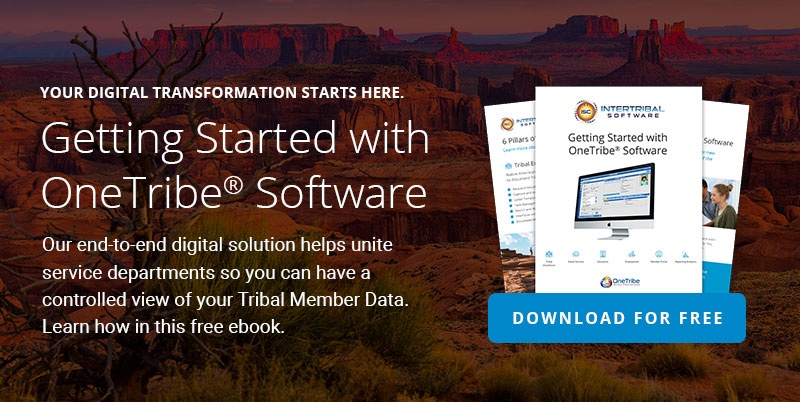
For tribal leaders, maintaining your Federal Tribal Care Assistance Program can feel overwhelming even in the most organized of times. Over the last few years, new laws have been implemented that require certain compliances and cooperations with tribes, states, and providers to be in place.
The Child Care Development Fund, or CCDF, is the primary Federal funding source for low-income families in education or training activities that may need help with child care. Learn more about how this system works and ways you can help tribal members’ children receive the best care, including afterschool programs and more.
What is the CCDF?
The CCDF is a resource pool that provides child care assistance to low-income working families. It’s authorized under the Child Care and Development Block Grant Act (CCDBG) and supported by the Office of Child Care. This system acts as a partnership, where states, territories, and tribes are administered child care financial assistance for families, so they can work or attend educational opportunities. As of 2014, funding has continued to increase to ensure the highest quality care to infants and toddlers in Native Communities.
To qualify, you must be a parent or primary caregiver responsible for children under 13 (or under 19 if they cannot care for themselves). You must also be qualified as low income or meager income and employed or attending a training or education program.
Ways the Tribal CCDF Helps Children
Understanding ways the CCDF helps and how families can apply for funding is essential to ensuring members receive the aid they need through subsidies and state funding.
The CCDF’s responsibilities are listed, but not limited, to:
- Helping fund child care assistance for 1.4 million children under age 13 every month
- Building skills and qualifications in educators and the teacher workforce (including first aid and CPR)
- Providing consumer education to help parents select child care that fits their specific family’s needs
- Managing quality improvement systems for the highest standards of child care
- Promoting children’s healthy development by supporting child care licensing
- Overseeing child care policy implementation
- Conducting annual inspections and in-depth criminal background checks
How the CCDF Works for Tribal Governments
Subsidized state and tribal child care plans are available as long as state and local eligibility requirements are met. All states, territories, and tribes must submit comprehensive plans every three years and conduct public hearings to invite public comment.
Underprivileged families can gain funding through certificates, grants, or contracts with providers. These certificates can be used for faith-based facilities, public family child care homes, or even relatives. However, the certificate must adhere to state health and safety requirements as mandated by the law.
For tribes, part of their funds may go toward building their child care facilities as long as the same level of care is maintained during construction.
How to Apply for Funding
For families seeking funding, be sure to contact your local CCDF subsidy agency to see if you qualify. Be sure to look further into state laws and child care contacts to see local eligibility requirements as well – since they can differ depending on your state and territory. Search here for tribal child care subsidy agencies.
Are you interested in seeing how software can simplify this system for you for tribal members to receive financial assistance? Download our free guide below to learn how OneTribe® Child Care Assistance automates the process of maintaining your Federal Tribal Child Care Assistance Program.
Sign Up For Our Newsletter
Recent Posts
- Innovations in Housing: Revolutionizing Tribal Housing with Digital Tools for Management
- Empowering Tribal ICW Departments: Achieve ICWA Compliance and Certification Success with OneTribe® Software
- OneTribe CCA - Your Child Care Data Tracker Replacement Solution
- Transform Your Tribal Member Services With Integrated Software Solutions
- Intertribal Software Raises Strategic Investment
Categories
- OneTribe Software
- digital transformation
- tribal government software
- Laserfiche ECM
- Intertribal Software Consultants
- Childcare Assistance
- Housing Management
- Intertribal Software
- tribal member management
- AFCARS Data Collection
- Child Care Data Tracker
- Child Welfare
- Housing
- ICWA
- ICWA Compliance
- Indian Child Welfare Act
- OneTribe Platform
- Title IV-E Certification
- Tribal Data Tracker
- Tribal Family Services
- Tribal Housing
- Tribal ICWA Software



